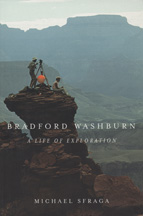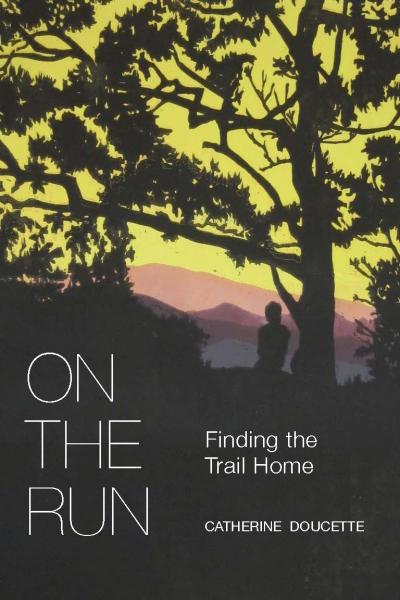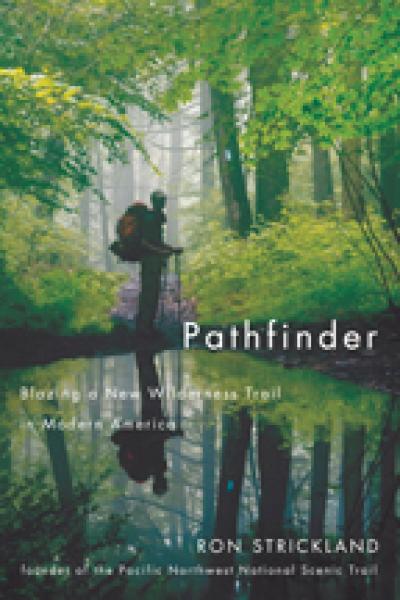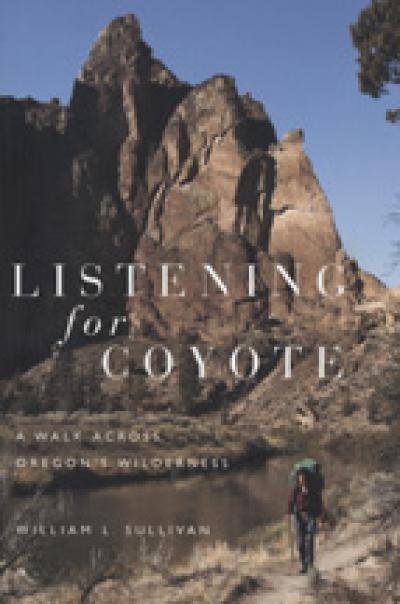
Bradford Washburn
Michael Sfraga
"You recognize the explorer in Bradford Washburn at first sight. There is something about his eyes, the set of the chin . . . the consistent energy of mind and spirit." -Ansel Adams
From Denali to Mt. Everest, from the Grand Canyon to the Alps, mountaineering legend Bradford Washburn has explored, climbed, mapped, and photographed some of the most beautiful and challenging landscapes on Earth.
Bradford Washburn: A Life of Exploration is the first book to detail Washburn's multi-faceted life and achievements. In his career of over forty years as Director of the Boston Museum of Science, Washburn wrote numerous books and articles, many for the National Geographic Society; created groundbreaking maps; and photographed breathtaking vistas.
Washburn is a fellow of the American Academy of Arts and Sciences and of London's Royal Geographic Society, and an authority on Alaska's mountains and glaciers. A licensed pilot since 1934, he was an early advocate of air-dropping supplies to high-altitude mountain camps. He urged the use of high-frequency radio for communication between such camps, and researched wireless communications, aerial film, cold-weather survival techniques, and cold-weather search and rescue operations for the U.S. military.
Michael Sfraga's engaging biography recounts Washburn's adventures and accomplishments as a mountaineer, photographer, and scientist. In examining this rich life and work, Sfraga links Washburn's achievements to significant changes in our scientific and geographic understanding.
About the author
Michael Sfraga has spent over two decades exploring the Alaskan wilderness. He holds the first Ph.D. in Northern Studies and Geography from the University of Alaska, Fairbanks, and is currently an Associate Vice President at the University of Alaska System Office. The Chairman of the Denali Foundation, Sfraga is also a founding trustee of the Sub-Antarctic Foundation for Ecosystem Research, a member of the Explorers' Club, former Executive Secretary of the Arctic Institute of North America, US, and a member of the American Alpine Club.
Read more about this author
Preface viii
Acknowledgments xi
Introduction 1
1 Tools of the Trade 11
- The Roots of Discovery 11
- A Passion for Heights 14
- The Mountains Take Hold 20
2 Glaciers, Grosvenor, and Grand Explorations 28
- The Pathfinders 28
- Mount Fairweather 34
- Mount Crillon: If at First You Don't Succeed ... 39
- Washburn and Grosvenor 63
- The 1935 NGS Yukon Expedition 69
- John Kennedy's Mountain 75
- Through Uncharted Ice 80
- A Path Now Chosen 89
3 The War Years 95
- Lessons Learned and Forgotten 95
- The "Cold War" on the Home Front 100
- "The Mess at Wright" 110
- The Smoking Gun 113
- House of Cards 119
- "Unconventional Methods" 121
- The Dividends Emerge 124
- Death and Disappearance on Mount Deception 126
- New Horizons 144
4 Mount McKinley: Maps, Hollywood, and Cold War Science 148
- Discovering the Landscape 148
- The Mountaineers Arrive 153
- From Harvard to Hollywood 154
- Operation White Tower 163
- Mapping the Mountain Landscape 173
- Mr. McKinley 192
5 From Sledge to Shuttle 195
- The Washburn Legacy 195
Notes 209
Literature Cited 241
Index 255
"Perhaps the central visual message of Washburn's aerial photographs is the revelation of how the earth works. This is at once good science and expressive art. All the earth's secrets, its geological movements, its upheavals and erosions, the slow march and retreat of glaciers, the essential interconnectedness of the earth's bones, veins, and muscles, are laid out before us with exemplary clarity."
-Clifford S. Ackley, Ruth and Carl Shapiro Curator of Prints, Drawings, and Photographs at Boston's Museum of Fine Arts




